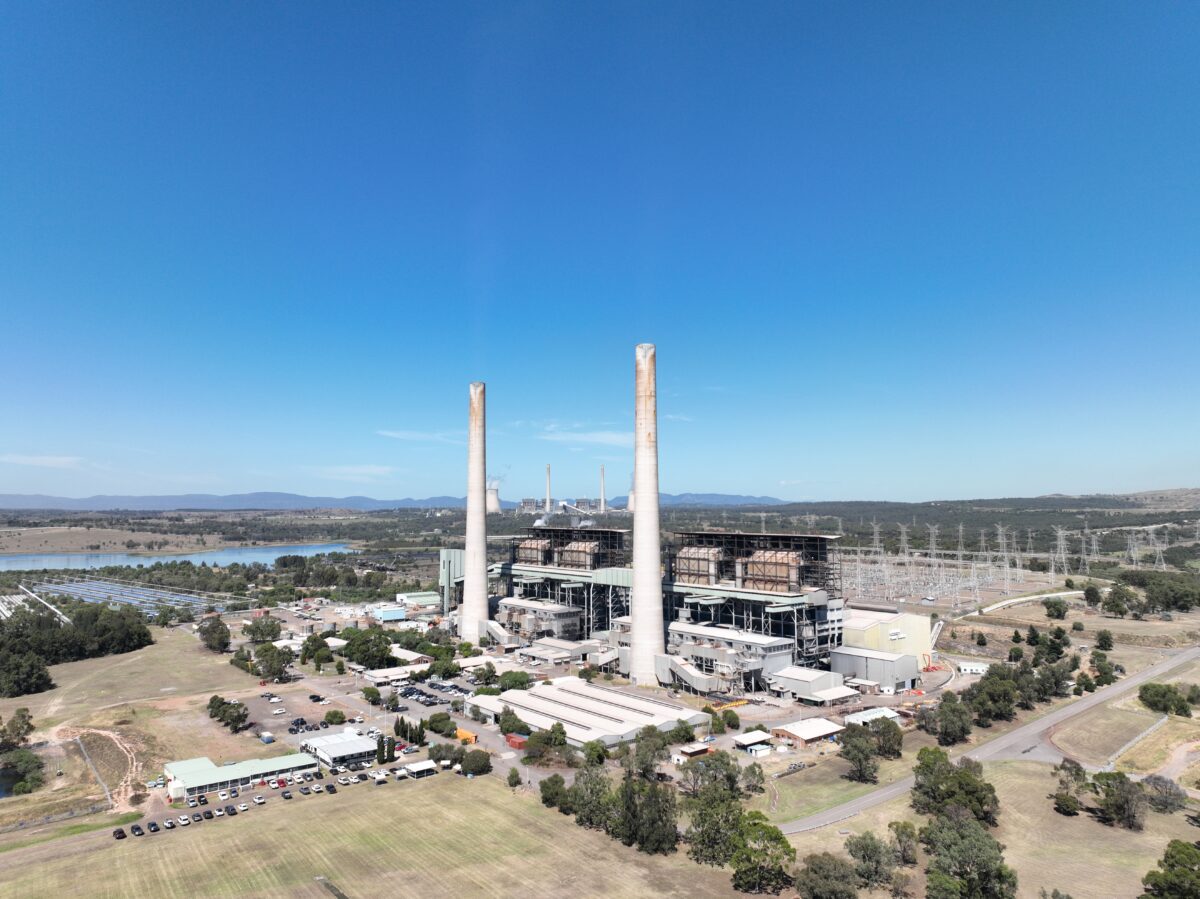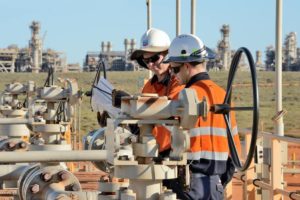The biggest generator of coal power in Australia, AGL Energy, has again – and emphatically – rejected nuclear as an option for the replacement of its remaining coal plants.
The comments from AGL come as the federal Coalition, nuclear ideologues and the conservative media ramp up their campaigns against renewables and for nuclear, with Coalition energy spokesman Ted O’Brien calling for coal closures to be delayed and replaced on the same site by small modular reactors.
The argument against nuclear in Australia is essentially one of costs, and timeliness. Even the most ardent admirers of the technology, such as former chief scientist Alan Finkel, say it is too expensive, and too slow.
Like Finkel, they note that the SMR technology doesn’t exist for commercial application, and that the first pilot plants are unlikely to be operating before the end of the decade, if then. If climate targets are to be reached, renewables and storage must be deployed to slash emissions by then.
The Australia energy industry shakes its head at the campaign for nuclear, but it is starting to get a head of steam, underlined by blanket support and coverage in the Murdoch media, the undermining of renewables and an extraordinary campaign of misinformation on social and even mainstream media.
When AGL closed its ageing and increasingly decrepit Liddell power station in NSW in April, CEO Damien Nicks laughed off calls by the Coalition to keep the station open and replace it with SMRs.
“No,” he said at the time, with a shake of the head. And left it at that.
On Thursday, after the release of the company’s annual results, and as it updated its plan to build 12 GW of new wind, solar and storage to replace the two remaining coal generators at Bayswater and Loy Yang A – likely within the next 10 years – he again repeated that assessment.
“At AGL we are focused on developing our renewable and firming pipeline and we have no plans to invest in nuclear energy,” Nicks said in a statement emailed to RenewEconomy.
“Legislation in Australia does not support development of nuclear energy and build time, cost and public opinion are all prohibitive to its development.”
The push for nuclear energy is again being linked with attempts to thwart action on climate change and to protect the fossil fuel industry – which has pretty much been the case for the last 10 years or more.
It also derives from a certain view of the grid that reliable electricity supplies can only be delivered through “baseload” power, whereas market operators and the industry in Australia recognises that it is all about flexibility and firming capacity.
Alisson Macfarlane, a former chair of the US Nuclear Regulatory Commission, spelled out the many problems with nuclear and SMRs in this piece here.
She argued that the technology was supported by ideology alone, and was the product of a “tech-bro” libertarian culture. It has been one of the most read and most commented articles of the past year on this website.
And Macfarlane said SMR technology won’t do much to cut emissions, although that has never been the prime motivation of its supporters. The federal Coalition is exhibit A on that assessment.
But the biggest factor, as it is has been for decades, is cost. Macfarlane says cost estimates have already doubled and likely to increase further, and that is without counting the additional waste problems, and risks.
Which is ironic because the Coalition is insisting that nuclear is the answer to rising cost pressures, even though it is clearly vastly more expensive than any other option, and that the reason for the recent bill surge is the soaring price extracted by the fossil fuel industry.
Which explains some of the determined efforts in social and mainstream media to demonise renewables – saying they don’t work, can’t run without fossil fuels, and attacking the basis of the AEMO and CSIRO assessment on technology costs.
Of course, what the CSIRO and AEMO have been trying to explain is that – for the large part – wind and solar will use the back-up capacity that was built for the fossil fuel grid. It is one of the great mistruths that coal and nuclear don’t require back up.
They do, and because of the size of their plants, they actually more back-up capacity to fill the gaps if they do go offline for any problems or maintenance. But the political push for nuclear does not care for details – it’s about political wins and serving the interest of the fossil fuel industry. But it’s getting dangerous.










